Every team leader understands this hard truth: few things are more overwhelming than being tasked with creating an “LMS implementation plan“. It’s a significant challenge…
Not to mention that, when setting up the research, there are hundreds of LMSs and training programs promising more engaged and productive team members.
However, the reality is that (spoiler alert!) every team is unique, with individuals who think, learn, and relate to each other differently. That’s why you should wave goodbye to a one-size-fits-all approach to learning platforms.
As we said, developing an LMS implementation plan for a dedicated learning technology or tool can be difficult. It’s not something we can reduce to picking a learning platform and inviting team members into a group with learning videos.
To transition to a learning-that-matters mindset – aka to create an implementation plan that succeeds – it’s essential to develop a plan that aligns with the learning outcomes that will drive business KPIs.
To achieve this, here are 5 key questions anyone can start from.
The truth is, you could use an LMS for dozens of different things.
But the best way to build a strong case for implementing a learning technology among teams is to identify the challenges they are faced with at work. On a personal note, there might be an individual who wants to improve a skill they do not yet master. At a company level, it may be that there’s been an increase in employee churn rate over the past year.
As you can imagine, both of these challenges require different learning solutions. For instance, you may consider creating personalized courses to close specific skill gaps. On the other hand, more general onboarding experiences may be more fitted to tackle the challenge of employee turnover.
To sum up: the first thing to tackle is the reason behind considering an LMS. What are the current problems in your team? How will learning help you solve them? Once you identify these challenges, you’ll be ready to work on the solution and delivery.
Once you have spotted the challenges, you need to understand what type of solution would help you face them. For example, does the team need to gain a qualification to close a skill gap or are they working on a soft skill gap that would benefit from a collaborative learning environment?
This will influence the sort of learning experience that you’ll need to create to best support them – and as such, the ‘implementation plan’ and features to seek in an LMS to create them.
It’s one thing to identify the challenges people in a team are having and the actions they need to take to overcome them. It’s another thing altogether to determine whether achieving certain goals is worthwhile.
By identifying the ROI of the learning experiences that you wish to create and weighing the benefits of creating them in different platforms, you can build a data-driven case for your platform of choice.
This is because when there’s a direct correlation between training efforts and business goals, the perception of the value of an LMS or L&D opportunities changes in the eyes of management.
Being able to answer the question “how does overcoming X challenge drive ROI?” is a bullet-proof tactic to get decision-makers on board with your implementation strategy.
PS: if you find that you need to overcome budget constraints (and justify ROI) to implement your LMS proposal, we recently asked Ryan Viehrig, co-founder at Trevato and Hormazd Mistry, Founder and CEO of Sarosh Consulting how to address the 3 most common barriers to investing in skill development, and here’s the answer.
Most people start their implementation plan with this question: “What LMS should we implement?” But actually, this step is often addressed after answering the first three questions…
When you focus on identifying the challenges people are facing, whether overcoming them aligns with business KPIs, the learning processes needed to help them upskill and on creating an outline of how those things will be delivered, answering this question becomes easier.
This is because LMSs are not created equal – for example, some are designed with social learning features at the center of the user experience, while others are built as simple content repositories.
By understanding exactly what you need yours for, you can create a checklist against the features and capabilities of different LMSs. This way, you can only consider the LMSs with the features and capabilities that will help you achieve your goals and drive business growth. Anything that doesn’t fit that, is no longer an option!
When looking for the perfect LMS that fits your team’s needs, certain features may be more important than others for you. But the key is to find a platform that helps you meet your goals and helps the implementation process be smoother (not more complicated). So here are 8 core features that we consider valuable for a smoother (and flexible) implementation:
1. Simple User Interface: Nobody likes a complicated tool. An LMS with an intuitive interface eases the learning curve, making it a breeze for your team to dive in.
2. Ease of adoption: An intuitive interface not only boosts adoption and reduces the time it takes to get your team up and running. It also improves retention and user satisfaction.
3. Ability to craft content fast: An LMS that lets you create tailored training materials? That’s like having your cake and eating it too. Look for platforms that give you the freedom to whip up content that matches your unique business flavor.
4. Integrated Content Creation tools: Content creation capabilities empowers your team to create training content in-house, saving time and resources.
5. Gamification capabilities: Learning can be fun, really! An LMS with gamification features like quizzes, leaderboards, and badges makes the transition to game-based learning smoother.. They’re like sprinkles on the cupcake of training.
6. Measuring Training ROI: Detailed analytics help you understand which training programs yield the most significant impact on performance. This is essential to meet KPIs and assess whether the training experiences are yielding outcomes which align with business goals.
7. Integrations: No one likes software that’s a loner. Look for an LMS that plays well with your existing tools, creating a harmonious tech symphony.
8. Generative AI: Whether you’re an AI fan or not, the reality is generative AI is here to benefit all of us. Within an LMS, it can generate content, create full-blown courses or provide insights into the future. It may not be something that has fully adapted, but it’s definitely one of the ones that will change the game the most.
Once you know what you need an LMS for and have determined the ROI of implementing this change across your team, it’s time to come up with a solid plan on how this will happen. We call this the masterplan. By drawing an outline of these steps, you can more easily identify things like:
- Who will be involved in the set up process: such as who will be in charge of payment, onboarding team members or setting up accounts.
- The learning content: does learning need to be created from scratch or will it be uploaded from third-party sources?
- Who will test the platform to start with: for example, you might decide there is a selected team within your organization that will enroll in training first.
- Feature selection: whether you need certain features to create the desired learning experience more than others
- Onboarding process: how the team and administrators will be taught how to use the platform
- Timeline for the implementation: how long each step will take, as well as dependencies
This step will help you consider additional requirements that you may have not otherwise thought about.
Ultimately, the highlighted questions form the foundations to help you build a successful implementation plan by working backwards. The things worth pursuing are the ones that help your team contribute to business KPIs. By creating a plan that starts with the challenges – as opposed to picking an LMS and then trying to understand how it will be used – you’ll be able to narrow down your search and be more equipped to build a strategic and result-driven implementation plan.
Embracing this approach fosters user buy-in and engagement, as the LMS of choice will be more able to accommodate the team’s unique circumstances. This, in turn, heightens the probability of successful adoption – safeguarding against the one-size-fits-all solution that might not align with the subtleties of the team’s workflow or industry-specific requirements.
However, answering these questions is not necessarily easy and requires thought to be put behind them. If you find yourself unsure about how to answer any of these, feel free to book a short 15-minute call with a dedicated learning expert at WeSchool.
Our experts are ready to consult with you, understand your specific needs, and provide the support necessary to design a customized implementation blueprint tailored to your company.
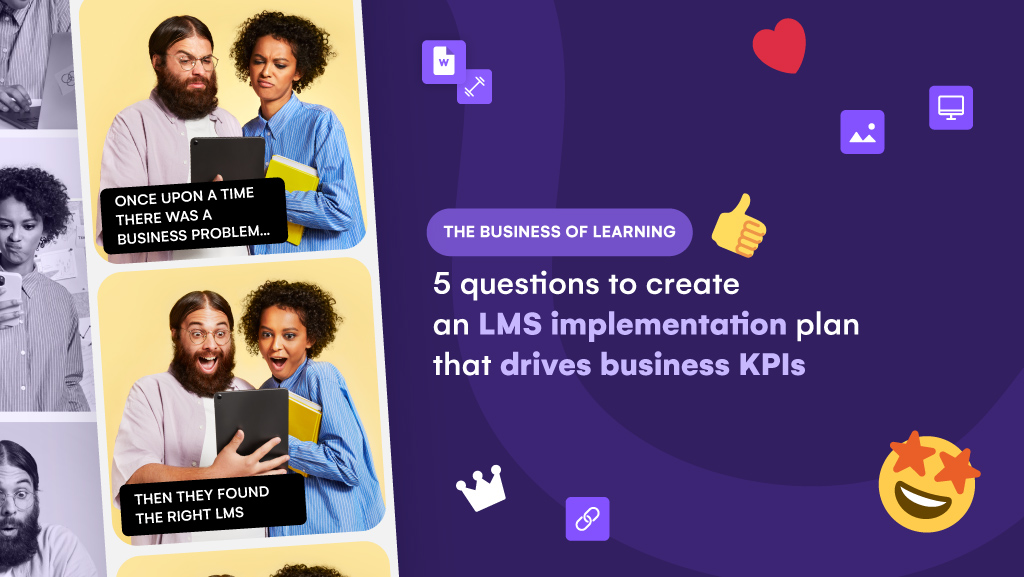
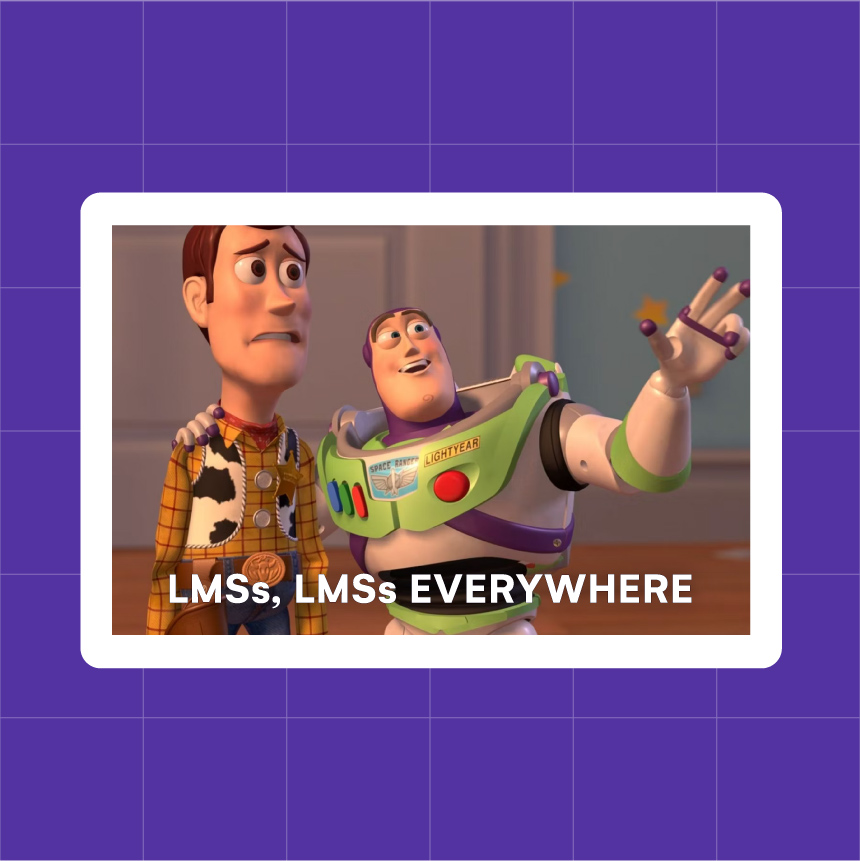
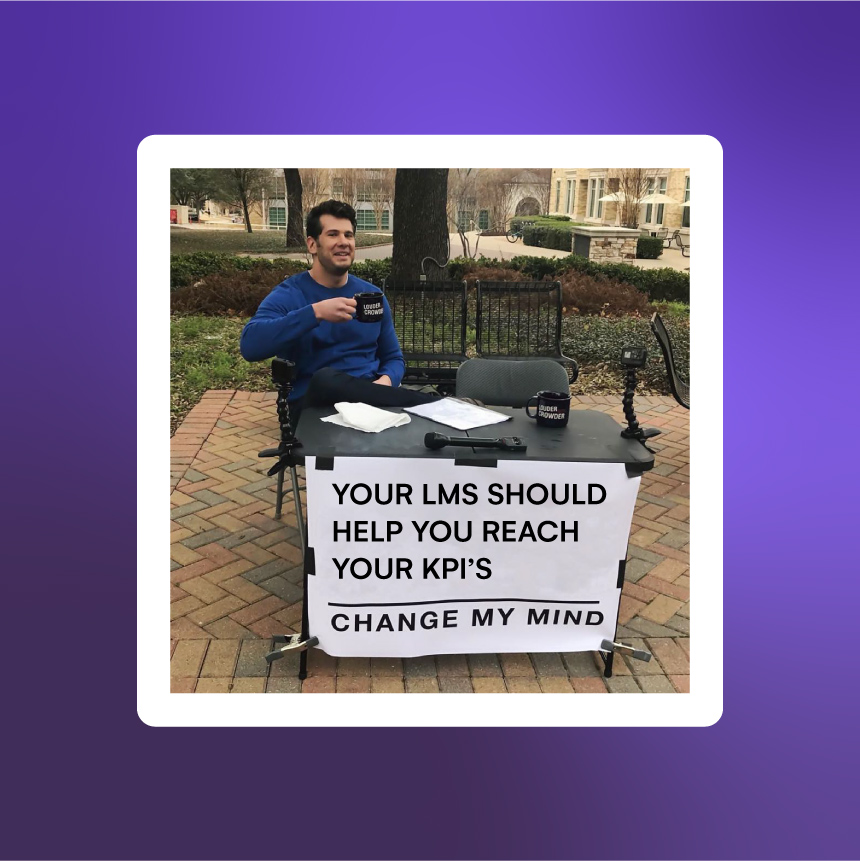
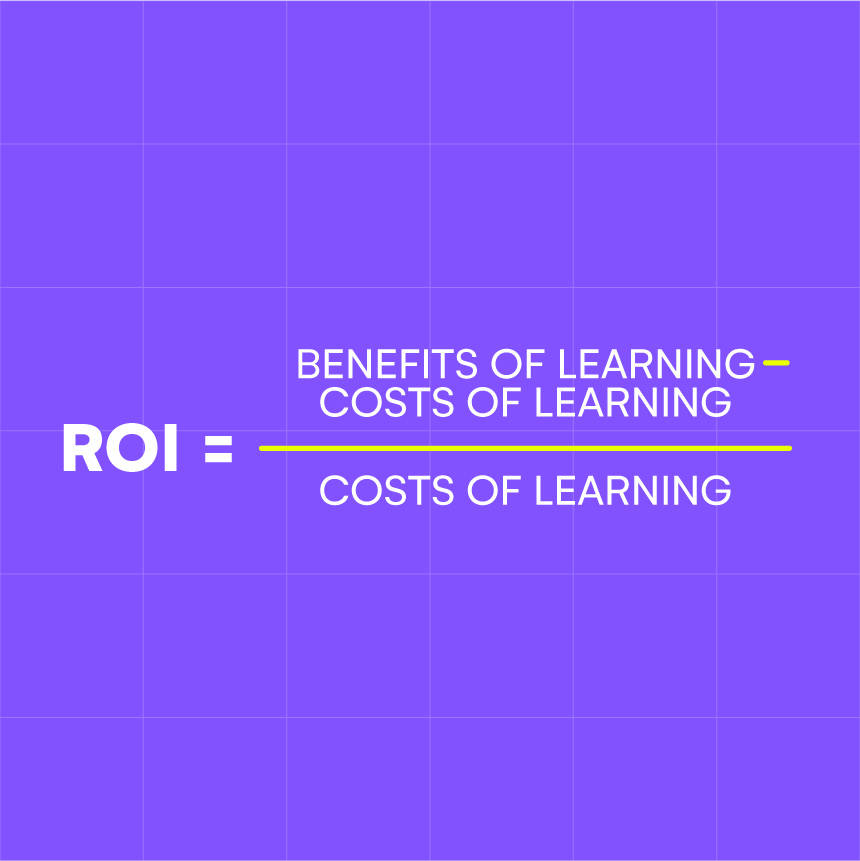
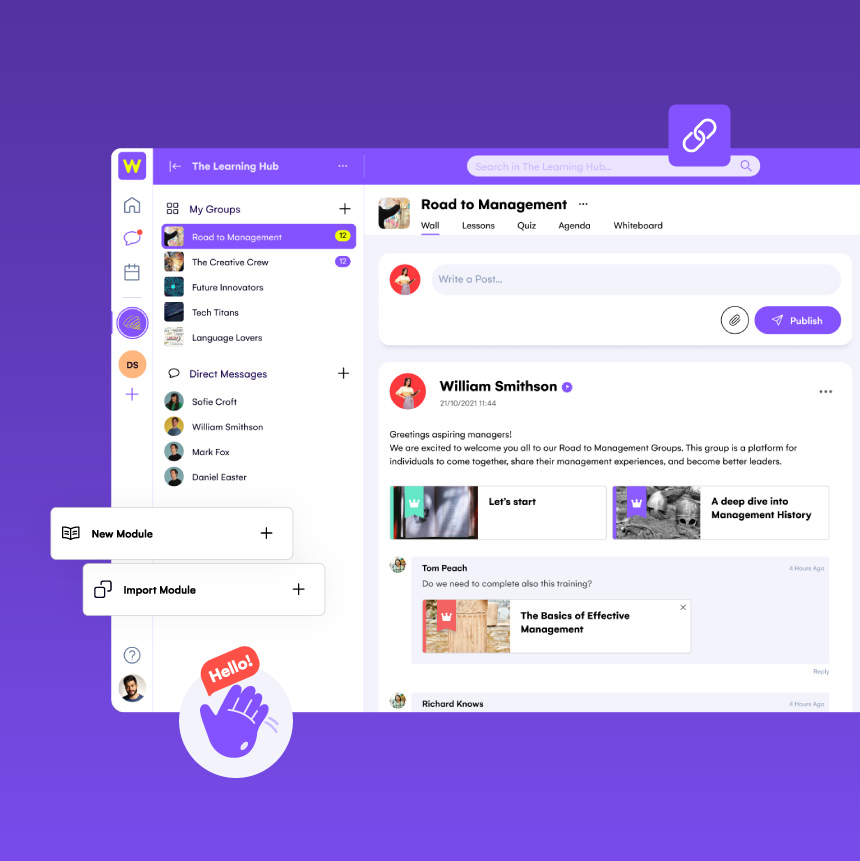
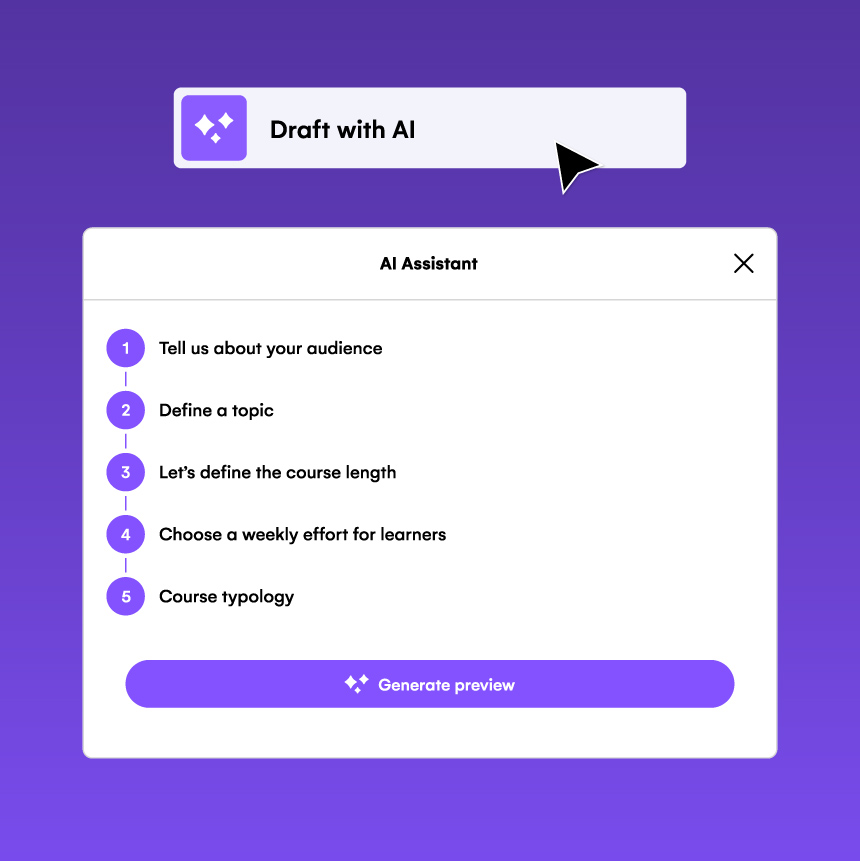
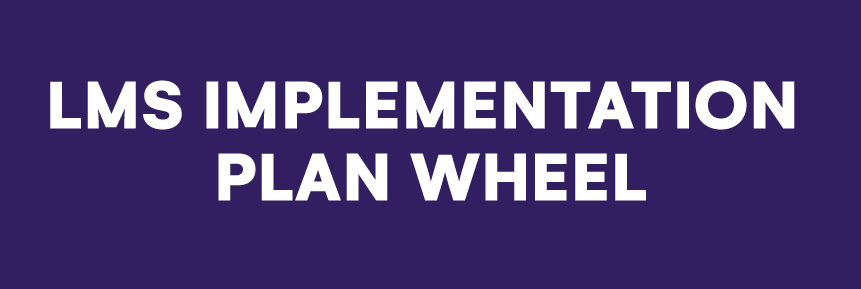
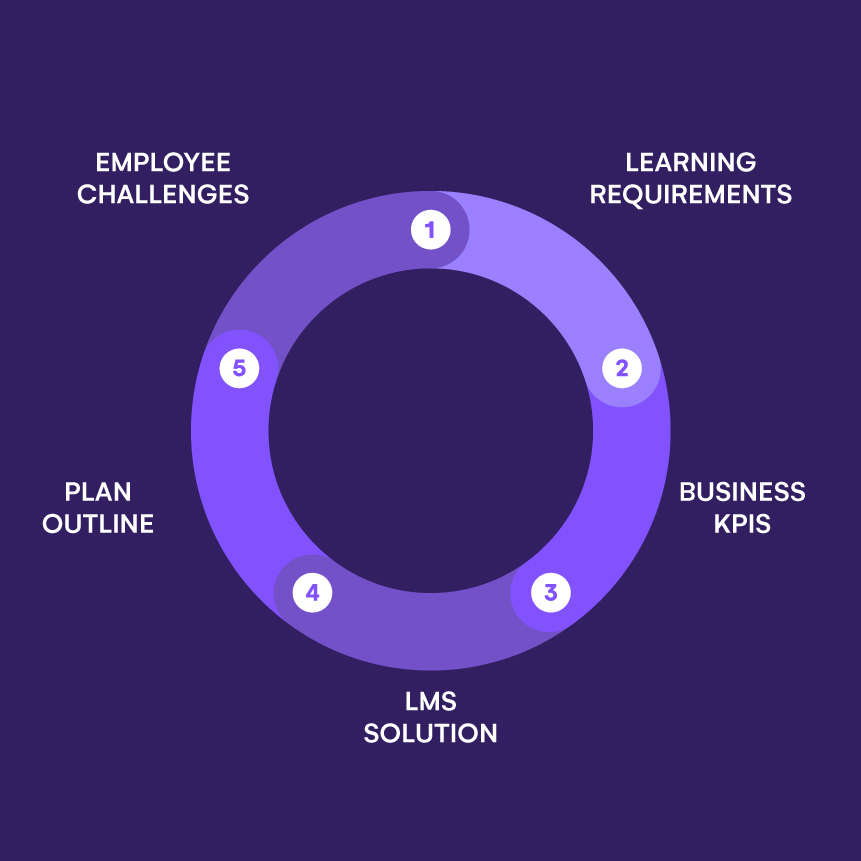



Reviews